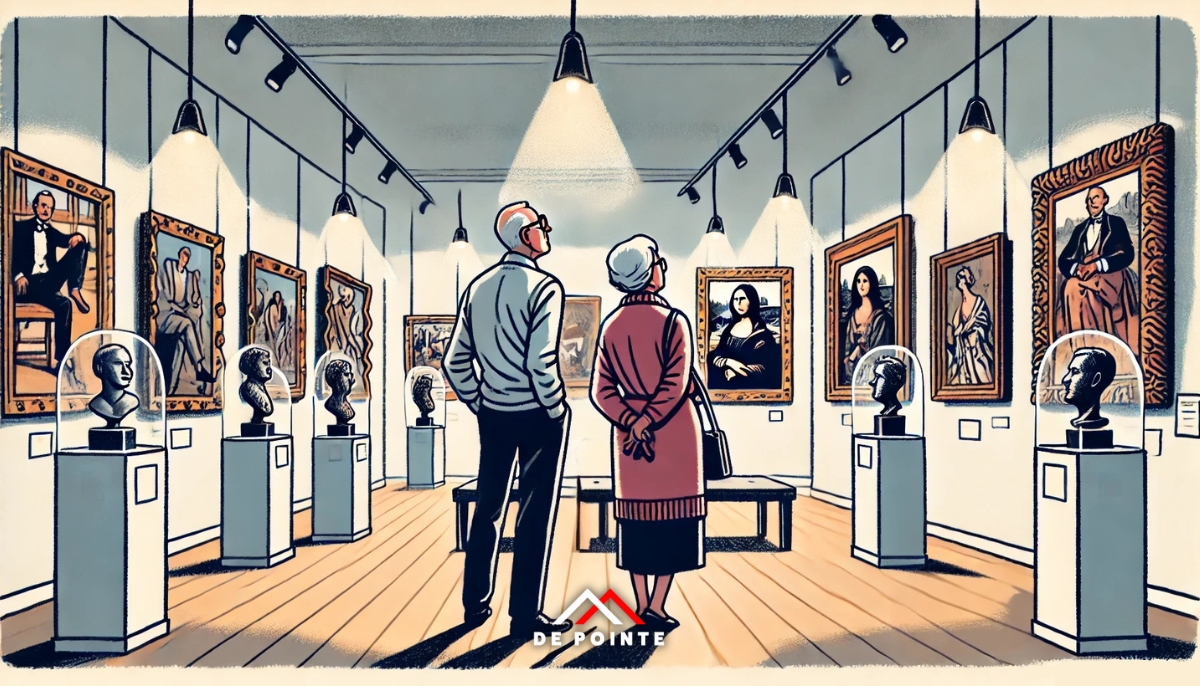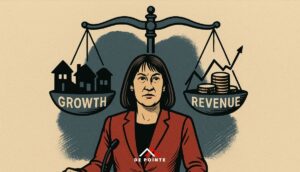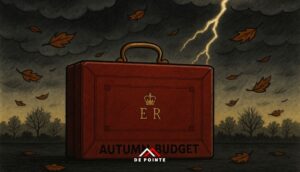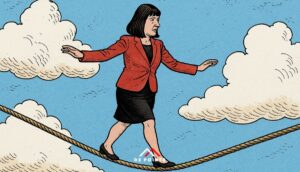Article

Why Art is a Valuable Retirement Investment
When planning for retirement, traditional assets like stocks, bonds, and real estate dominate financial portfolios. However, fine art investment is gaining traction as a profitable alternative asset class for retirees looking to diversify their holdings and protect their wealth. Investing in emerging and established artists can offer long-term financial stability, inflation protection, and low correlation with stock markets.
The British Rail Pension Fund Case Study
One of the most well-known examples of art as an investment is the British Rail Pension Fund (BRPF). In the 1970s, faced with economic instability and high inflation, BRPF allocated £40 million to acquire 2,400 museum-quality artworks as a hedge against inflation. Over the next few decades, the fund gradually liquidated its collection, completing the process in 2003. The final analysis showed that the art investments provided an annual return of four percentage points above inflation. This case demonstrates how art can serve as a hedge against economic volatility and generate long-term financial returns, making it a compelling consideration for retirement portfolios.
Key Benefits of Investing in Art for Retirement
- Strong Historical Returns – The Mei Moses Art Index demonstrates that well-selected fine art investments have historically tracked or outperformed the S&P 500, making art a viable long-term asset.
- Inflation Hedge – As tangible assets, artworks appreciate over time, helping retirees safeguard their purchasing power.
- Portfolio Diversification – Unlike stocks and bonds, art values are not tied to financial markets, reducing overall investment risk.
- Legacy Planning & Generational Wealth Transfer – High-value art pieces can be passed down to heirs, preserving wealth across generations.
Challenges of Investing in Art for Retirement
While fine art presents unique advantages, investors should consider the following challenges:
- Liquidity Concerns – Unlike stocks, art is not easily liquidated, and selling can take time.
- Transaction and Maintenance Costs – Art investments often require storage and insurance.
- Difficult Valuation Process – Determining an artwork’s market value is complex and can vary significantly based on demand and provenance.
How to Invest in Art for Retirement Success
For retirees looking to incorporate fine art investments into their retirement planning, here are some strategic approaches:
- Invest in Emerging and Established Artists – Works by promising contemporary artists, as well as those with growing reputations, offer strong long-term growth potential.
- Prioritise Original Works – Unlike prints or reproductions, original artworks hold higher investment value and long-term appreciation potential.
- Maintain Total Ownership – Full ownership of artworks ensures direct control over the asset, eliminating external fees and complexities associated with fractional ownership.
- Adopt a Long-Term Holding Strategy – Given art’s illiquid nature, it should be viewed as a long-term investment.
The Future of Art as a Retirement Asset
As alternative investments continue to gain mainstream recognition, art is emerging as a lucrative retirement asset. With increasing accessibility and a growing appreciation for original works and emerging artists, investors can now strategically build art portfolios that offer both financial growth and cultural enrichment.
Final Thoughts: Is Art a Good Investment for Retirement?
Retirement planning requires a mix of security, stability, and growth potential. While art investments come with risks, they offer a tangible asset class with historically strong appreciation, diversification benefits, and inflation protection. For those who strategically invest in fine art, it can serve as an effective wealth-preserving tool for retirement.





